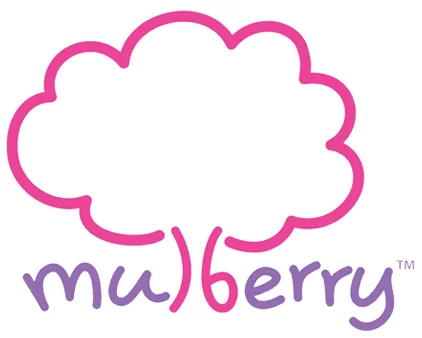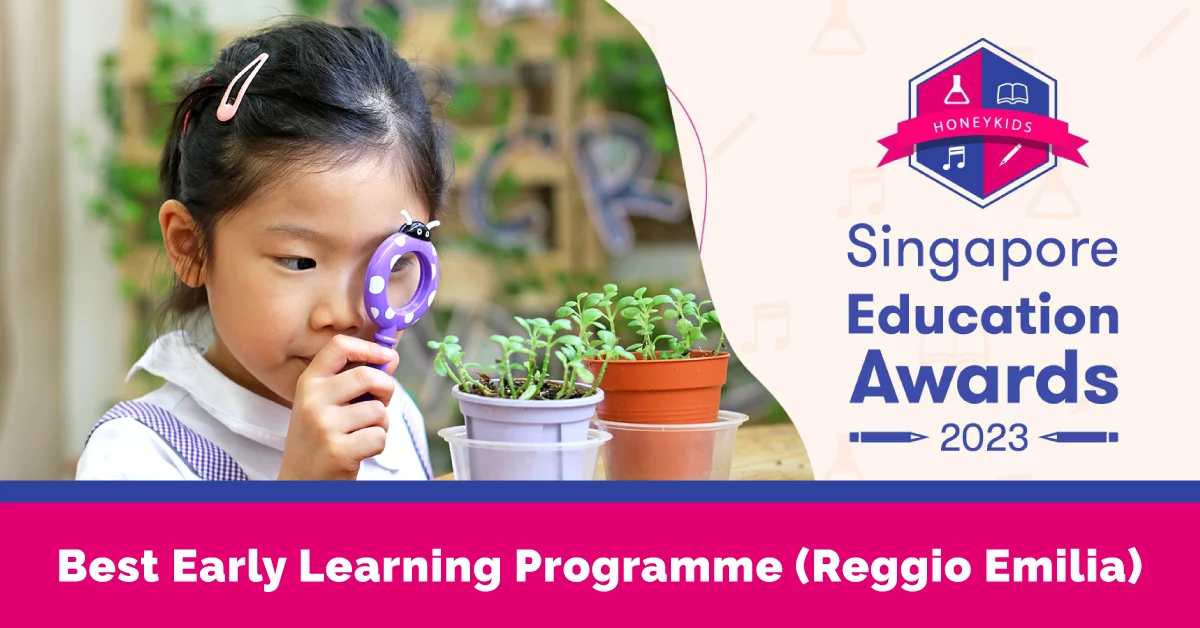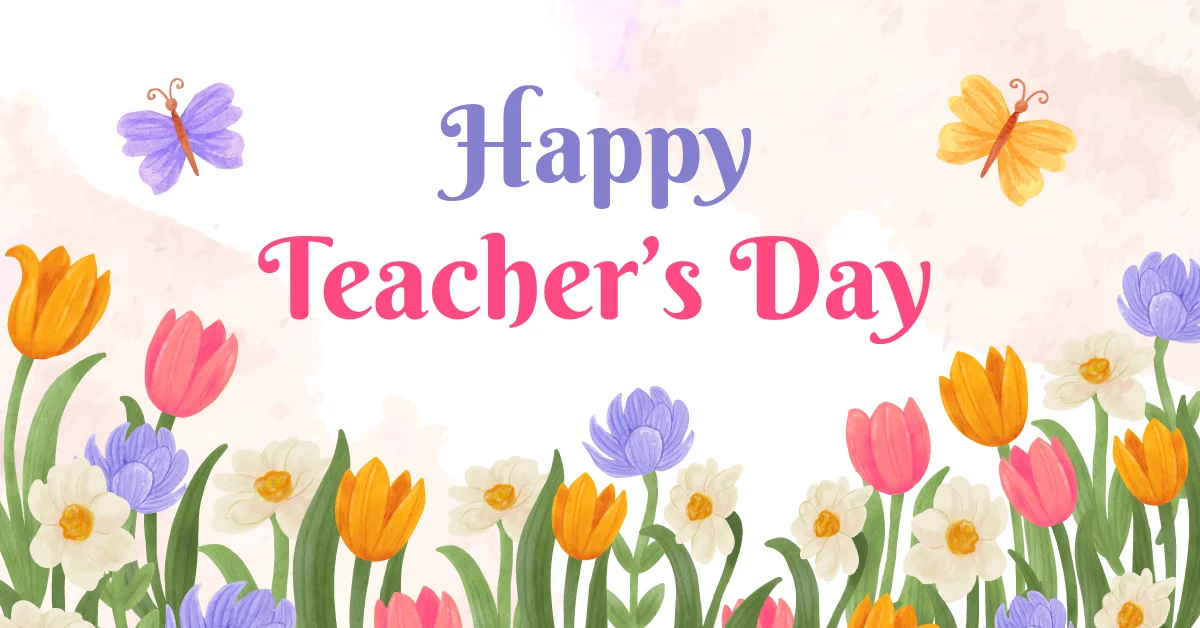
Different Types of Pedagogy in Preschool Education
Different Types of Pedagogy in Preschool Education
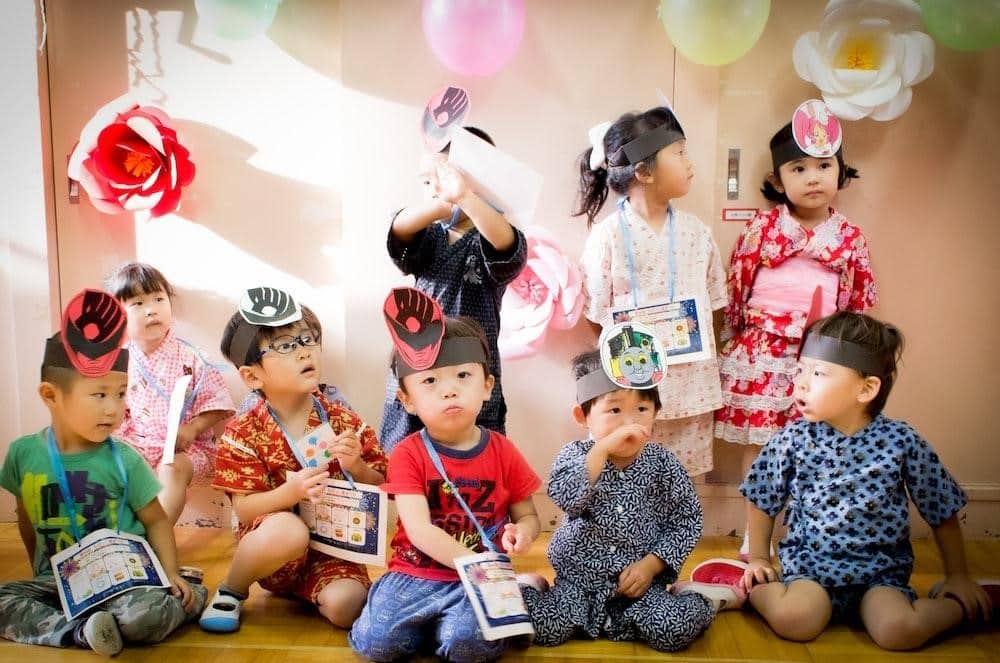
Preschool teaching is an art. Imagine guiding a group of young children who are venturing out of their comfort zone for the first time and teaching them basic life skills. At a glance, it may seem to parents that the early years of education simply give children an opportunity to socialise with their peers and help them adjust to life in a classroom.
However, many educational experts have concluded that the first five years of a child’s life is one of the most crucial times for their development and can have a lasting impact on their transition into adulthood.
In Singapore, parents consider factors such as the distance from their children’s preschool to their home, their meals, or whether the preschool has a good reputation but often neglect to consider the teaching style of a preschool.
You may wonder, why are we talking about this? It’s because every parent wants the best for their children but if they were asked what exactly that means, they’d probably struggle to find an answer. This article will outline common preschool teaching methods to help you determine what the “best” can be.
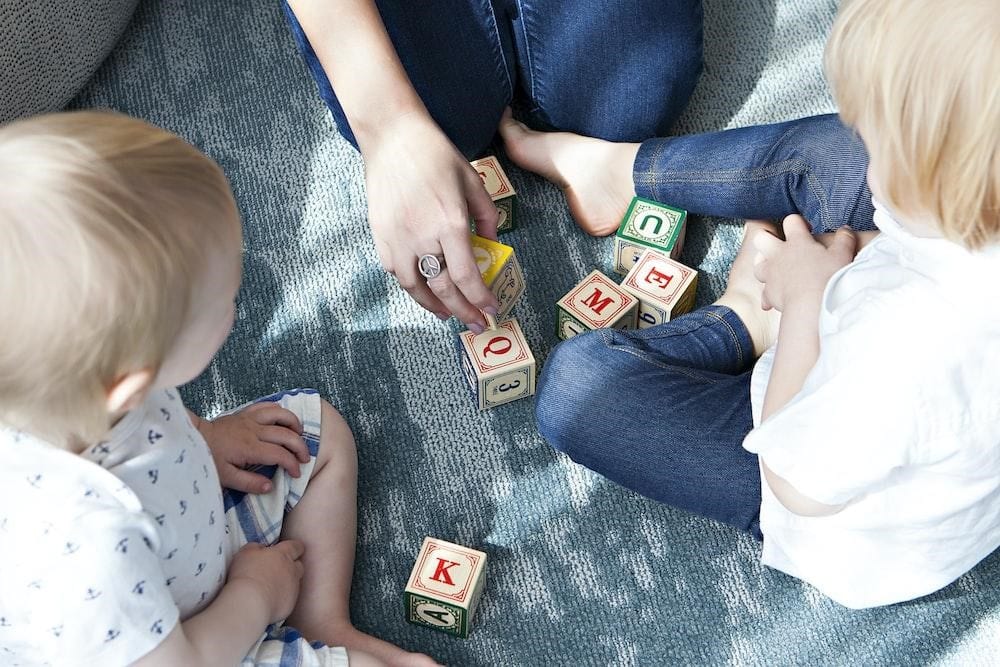
Common Preschool Teaching Methods
● Reggio Emilia Method:
The Reggio Emilia method is widespread and arguably one of the best educational philosophies as it is based on the image of a child with solid capabilities and strong potential for development. Educators from various educational institutes have expressed their continuous support for this method over the years.
In this approach, children are considered curious and active learners who should be stimulated by their surroundings and motivated to discover more things at their own pace. They are encouraged to take pride in their education, have positive experiences in the classroom, and feel comfortable and confident in learning and exploring.
The classroom acts as a catalyst that consists of material facilitating learning. The children are encouraged to communicate through music, art, dance, writing, and more activities.
Institutions that use this approach typically provide activities centred around enabling children to make their place in society through self-expression and creativity. Teachers would generally track student growth as they also reflect on their learning.
● Playway Method:
The playway method is a popular method of preschool teaching. This approach originates from the idea that the best way of teaching a child is through taking up activities. Schools rely on engaging activities such as role-plays, virtual games, singing, free play, and much more to teach young children. It is generally believed that such a method of learning brings exposure to the child in a friendly environment with little to no pressure at all. Schools that use this method consciously focus on the needs of the child and conduct activities that revolve around fulfilling such needs.
The playway method is widely accepted by educational institutions that teach children in the age group of 3-5. Considering that these young children are still relatively new to their world, this method is perfect for children who enjoy an array of hands-on tasks daily.
● Waldorf Steiner Method:
The Waldorf Steiner method (also known as the Waldorf or Steiner method), is another popular method that originated and developed in Germany. Education institutions that use this method focus on enabling the child to grow through imagination to enable them to become their true selves and be a strong force for the good in the world.
Children are taught traditional subjects in non-traditional ways by focusing on hands-on learning opportunities and sensory-based experiences. Hence, children are told stories, taken for walks, made to play games and create toys out of materials. All of which encourage imagination and their ability to create through it.

● Montessori Method:
The Montessori approach is named after Maria Montessori, the first woman physician and Italian educator. At its core, this method deals with developing a child’s personality through sensory learning, which includes touching, seeing, smelling, and tasting rather than reading. This individualistic approach is based on the fact that every child has creative potential and an inner motivation to learn.
What do their classrooms look like? Classrooms that use this approach are easily recognized as their setting tend to be aesthetic and designed to provide a home-like feeling to children. A different environment that children have not seen before that does not feel too unfamiliar helps to promote their concentration abilities as they learn at their own pace.
Children from these classrooms demonstrate independent and enthusiastic attitudes. Much of the learning process is self-directed, allowing children to gain a sense of independence and confidence in their abilities much faster than in a traditional school setting.
● Bank Street Method:
The bank street method is also among the various methods adopted by teachers to enable children to learn. The method is also known as the developmental-interaction method, it aims at the overall development of the child through first-hand experiences.
While the playway method focuses on games that encourage them to socialise through role plays and singing, the bank street method places more emphasis on games and activities such as puzzles, building Legos or clay. The difference is that more focus is placed on helping children develop and teaching them how to progress when experiencing a given problem.
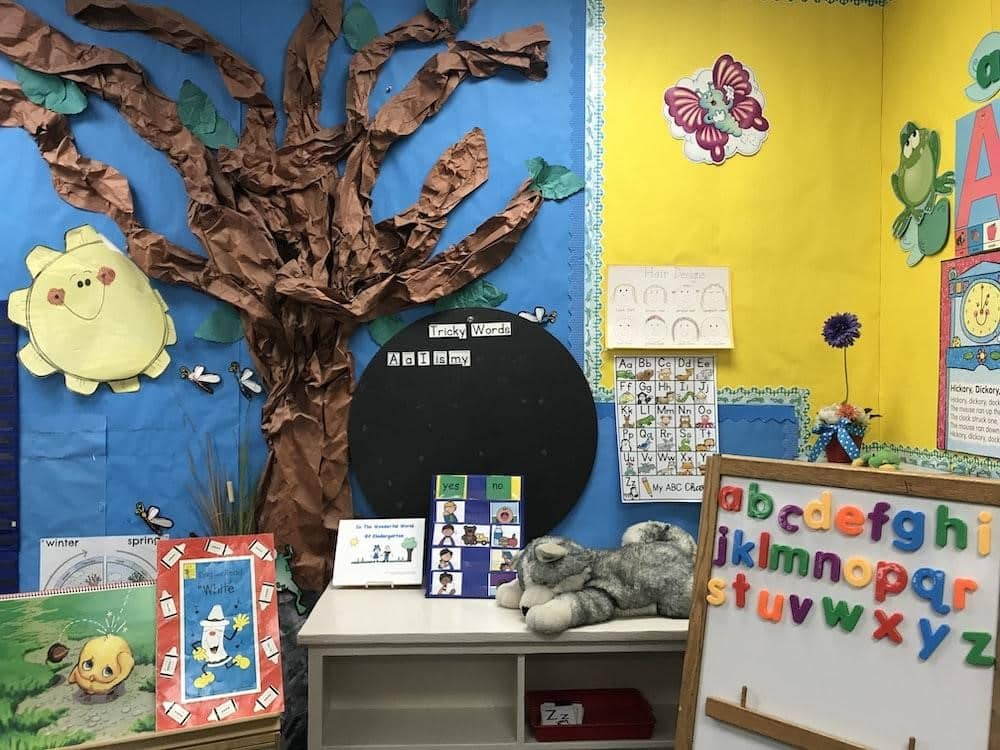
Summary
At this point, you could be wondering: “Which one is the best method?”.
Or if your head is spinning a little after reading this article, that’s perfectly all right. Every method has its differences and merits, and none is considered objectively better than the other.
Education institutions are not so distinct in how they teach and would be incorporating certain aspects of every method in their teaching styles depending on the needs of various children. If you see preschool teachers engaging with children often and helping them along as they explore and figure out how things work, it’s already a good sign that the preschool may be right for you and your children.
On the other hand, if one of these above methods stands out to you above the rest and matches the values that you would like to instil in your children, it’s probably the right one! If you’re keen on the Reggio Emilia approach, look no further than Mulberry Learning, one of the leading preschool brands in Singapore offering that!
Every parent understands how it feels to have their child do something seemingly “out of character” and wonder…where did he/she pick it up from? Or when you are doing household chores or preparing to go to work, and they picked that exact time on purpose to break something. It can be increasingly frustrating, and it would be easy for you to snap at them. This is how not to set an example.
Mulberry School Tour
Our Locations
Click here to visit our Contact Us page and view the preschool/infant care centres conveniently located near you.
CONNECT WITH US
USEFUL LINKS
About Us
Mulberry Learning prides itself on making the preschool experience both memorable and enjoyable while transforming a child into a competent explorer, an imaginative thinker, and a creative problem solver. Through our proprietary award-winning curriculum, unique Habits of Mind programme and dedicated staff who are passionate about imparting positive attitudes, Mulberry Learning holds strong in its promise to deliver a holistic education that nurtures the Future Ready Child.
A PREMIUM PRESCHOOL BRAND UNDER GLOBAL EDUHUB

